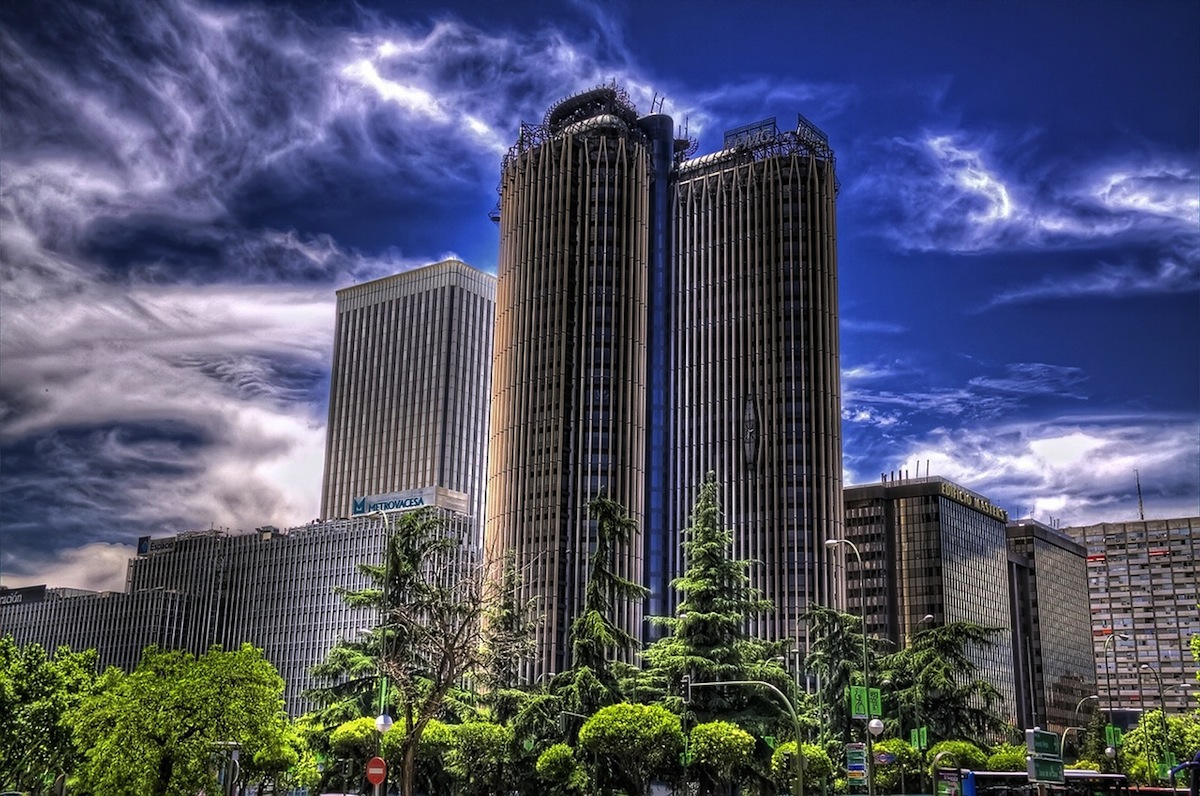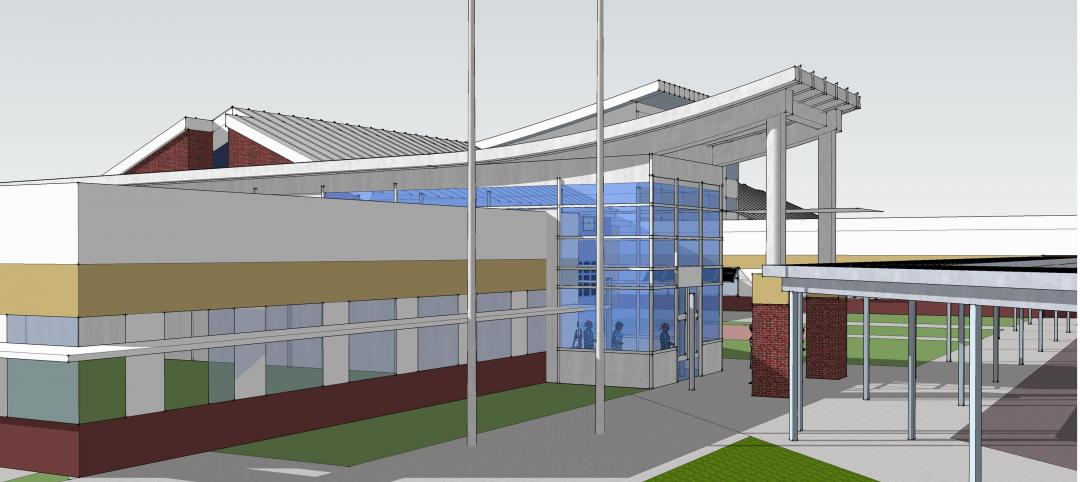The U.S. Department of Energy (DOE) has issued a Request for Information (RFI) in the Federal Register seeking input on how the Department may update and improve its methodology for assessing the cost-effectiveness of residential and commercial building energy codes.
The methodology includes an energy savings assessment. DOE is directed by statute to provide technical assistance to states to support the implementation of model building energy codes.
As part of this role, DOE conducts national and state-level analysis to assess the cost-effectiveness of building energy codes and proposed changes. DOE is interested in feedback on its analysis methodology, preferred sources of cost data, and parameter assumptions surrounding its cost-effectiveness assessment.
In addition, DOE is seeking information on the general costs, benefits, and economic impacts associated with building energy codes. Additional information is available at Docket No. EERE-2015-BT-BC-0001. Interested parties are asked to comment by May 14, 2015.
Related Stories
| May 17, 2012
New standard for Structural Insulated Panels under development
ASTM International and NTA, Inc. are developing a new standard for Structural Insulated Panels (SIPs) that would create a path for U.S. manufacturers to meet the requirements of the Canadian building code.
| May 17, 2012
Webinar: ‘What Energy Codes and Standards Are Adopted Where and by Whom’
A June 12 webinar by the Construction Specifications Institute will outline what energy codes and standards have been adopted in each of the states for commercial buildings, and what is anticipated to be adopted in the future.
| May 17, 2012
California Governor orders new green standards on state buildings
California Gov. Jerry Brown issued an executive order recently that calls for all new or renovated state buildings of more than 10,000 sf to achieve LEED Silver or higher and incorporate clean, onsite power generation.
| May 17, 2012
New Zealand stadium roof collapse blamed on snow, construction defects
Heavy snowfall, construction defects, and design problems contributed to the collapse of the Stadium Southland roof in New Zealand in September 2010, a report has found.
| May 17, 2012
OSHA launches fall prevention campaign
The Occupational Safety and Health Administration (OSHA) recently launched an educational campaign to prevent deadly falls in the construction industry.
| May 15, 2012
Suffolk selected for Rosenwald Elementary modernization project
The 314-student station elementary school will undergo extensive modernization.
| May 10, 2012
Chapter 6 Energy Codes + Reconstructed Buildings: 2012 and Beyond
Our experts analyze the next generation of energy and green building codes and how they impact reconstruction.
| May 10, 2012
Resilience should be considered a sustainability factor
Since a sustainable building is one you don't have to rebuild, some building sustainability experts believe adding points for "resilience" to storms and earthquakes to the LEED sustainability rating tool makes sense.















